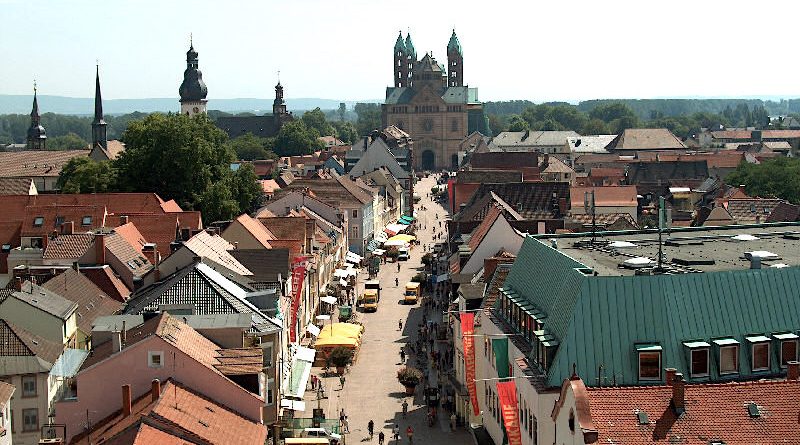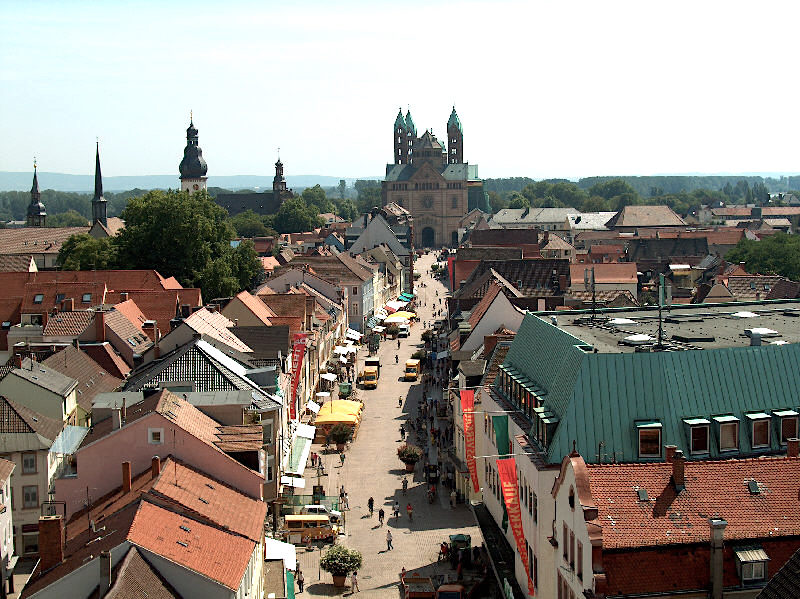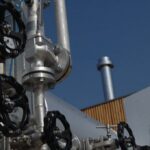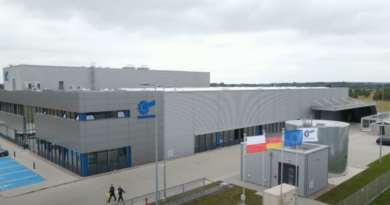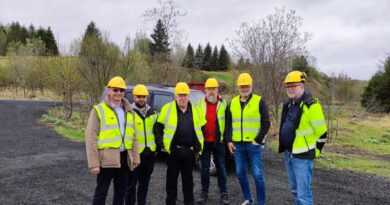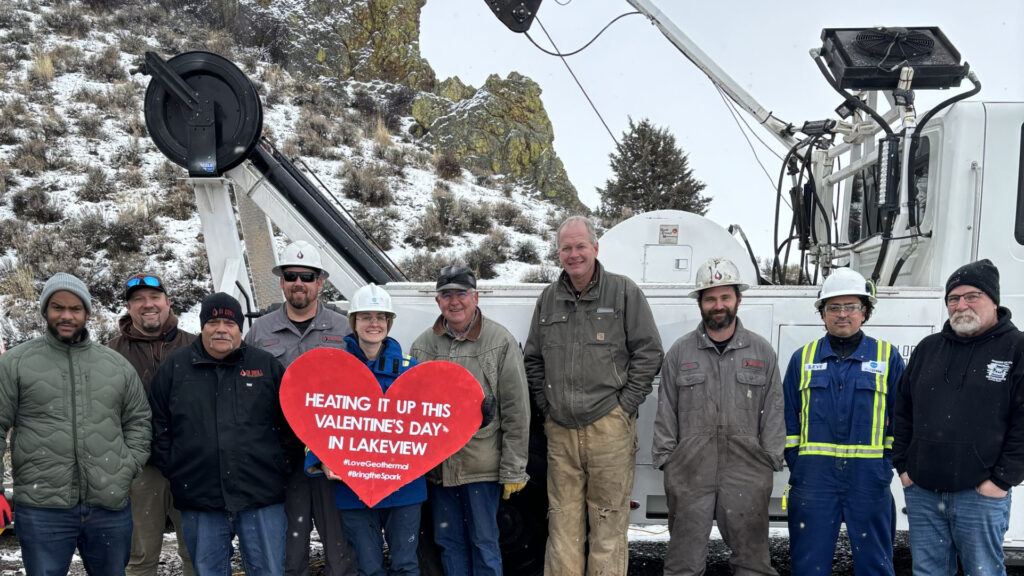Geothermal district heating explored by Speyer, Germany
Energy Disrupter
The utility of the city of Speyer, Germany is looking at ways to expand renewable energy for its district heating systems with geothermal seen as a key option.
The local municipal utility Stadtwerke Speyer (SWS) has announced plans to become climate neutral for electricity by 2030 and heating by 2040. Geothermal energy should also make a contribution.
So while the utility already is making huge steps forward in the utilisation of renewable energy, in the context of heat this can still be expanded, so Wolfgang Bühring, Managing Director of SWS.
The share of “green energy” in district heating is currently only around 30 percent. The majority comes from neighboring Mannheim, where the waste heat from the coal-fired power plant flows into the heating network. The green share is largely contributed by the thermal waste recycling of MVV on the Friesenheimer Insel.
In addition to decentralized heat generation, for example in CHP units, Stadtwerke Speyer is currently examining what contribution deep geothermal energy can make to a climate-neutral heat supply. They have been cooperating with Stadtwerke Schifferstadt here for three years. The two municipal utilities jointly have a search permit for the “Rhein-Pfalz” field, which is around 150 square kilometers in size. According to the Rheinpfalz SWS spokeswoman Sonja Daum reported this in the municipal council meeting.
The district heating network has already been laid in many parts of the city, the hard coal-fired power station in Mannheim will have to be taken off the grid by 2038 at the latest – most likely a lot earlier. So it makes sense to use the good geothermal potential of the Upper Rhine Graben in Speyer and Schifferstadt as well.
Source: Rheinpfalz via our German partner site TiefeGeothermie

